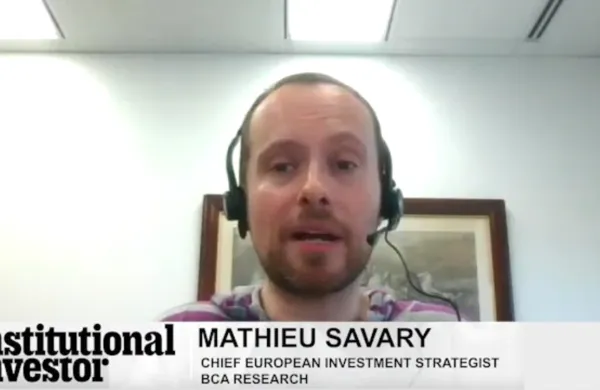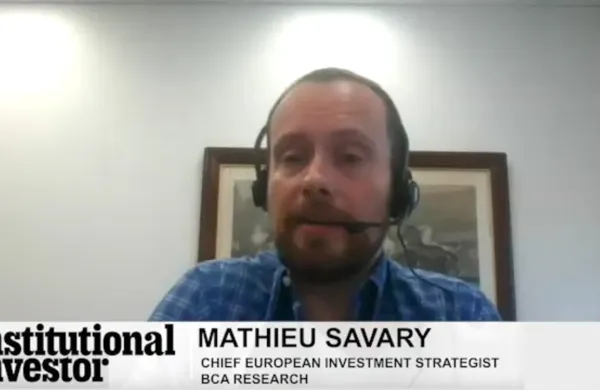Euro zone industrial production has confounded gloomy expectations by rising for the first time since August, easing fears about the health of a sector whose poor recent performance has cast a shadow over the stuttering euro zone economy.
The boost in industrial output keeps alive the hope that despite severe cuts in public spending, the euro zone narrowly avoided entering a recession — most commonly defined as two straight quarters of falling output — in the first few months of this year.
It also suggests that December’s huge long-term refinancing operation (LTRO) by the European Central Bank, which was repeated on the last day of February, may have fostered a fragile stability in the euro zone.
Brian Hilliard, economist at Société Générale in London, described the news as “a pleasant surprise.” He said it was a sign that the ECB’s two three-year LTROs “seem to be feeding through to the real economy.”
Industrial output rose by 0.5 percent in February, according to Thursday figures from Eurostat, the EU’s statistical office, defying consensus forecasts of a modest fall.
Industrial production as a whole grew because of a spectacular 7.7 percent increase in energy production, caused by Europe’s February cold snap. Since this was weather-related — and temperatures were milder in March — the next monthly figures are likely to show a drop in energy production.
However, capital goods manufacturing also grew for the first time since October — recording a 0.7 percent increase.
February’s rise in capital goods output may reflect the gradual emergence this year of a cautious optimism about the European economy. Fears that some euro zone banks would go bust were eased by December’s LTRO. And although ECB figures suggest that banks have been reluctant to use the money borrowed through the LTRO for corporate lending, survey and anecdotal evidence suggests that the easing of a sense of impending financial doom in the euro zone has improved businesses’ outlook towards the euro zone economy.
Capital goods, which include industrial machinery and trucks, are a vote of confidence in the future, since they are bought by companies that want to expand their capacity in order to meet expected growth in demand for their goods and services.
Analysts watch the industrial production figures particularly closely because the euro zone’s industrial sector is highly cyclical — rising and falling sharply in response to trends in the broader economy. As a result, it historically has tended to amplify slumps and booms, and even, at certain points, to be the key determinant behind overall economic growth or contraction.
Taking the most recent data, overall euro zone gross domestic product (GDP) rose slightly in the second and third quarters of last year, before falling in the fourth quarter. Eurostat data suggests that this was primarily because of industrial production — without the negative and then positive contributions of this sector, overall euro zone GDP would have been more or less flat in all three quarters.
But euro zone industry still faces several challenges.
Demand for consumer goods was weak in February, particularly durable consumer goods, which include electrical and electronic items. This can be explained by survey data showing low levels of consumer confidence in the euro zone, where unemployment has risen to its highest point since the currency bloc was established in 1999.
The rise in oil prices poses a further challenge. During boom times some of this cost increase can be passed on to customers. However, the March edition of Markit Economics’ closely watched euro zone manufacturing survey found that companies’ ability to raise prices in response to higher input costs was restricted by strong competition and weak demand. Oil prices are therefore reducing many manufacturers’ margins, giving them less money in the long term to pay workers and to invest in keeping their machinery up-to-date and competitive. A barrel of benchmark Brent crude oil was worth $121.42 on Thursday — up 12 percent since the beginning of the year.
The Eurofirst 300 index of euro zone equities ended the day 1.0 percent higher at 1,044, during a week of whipsaw price movements.






